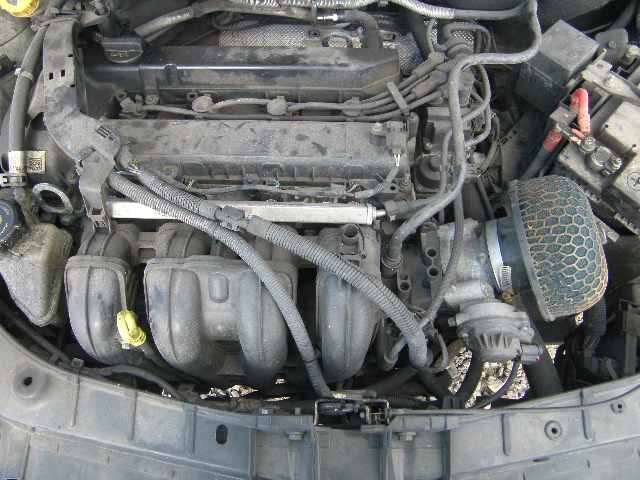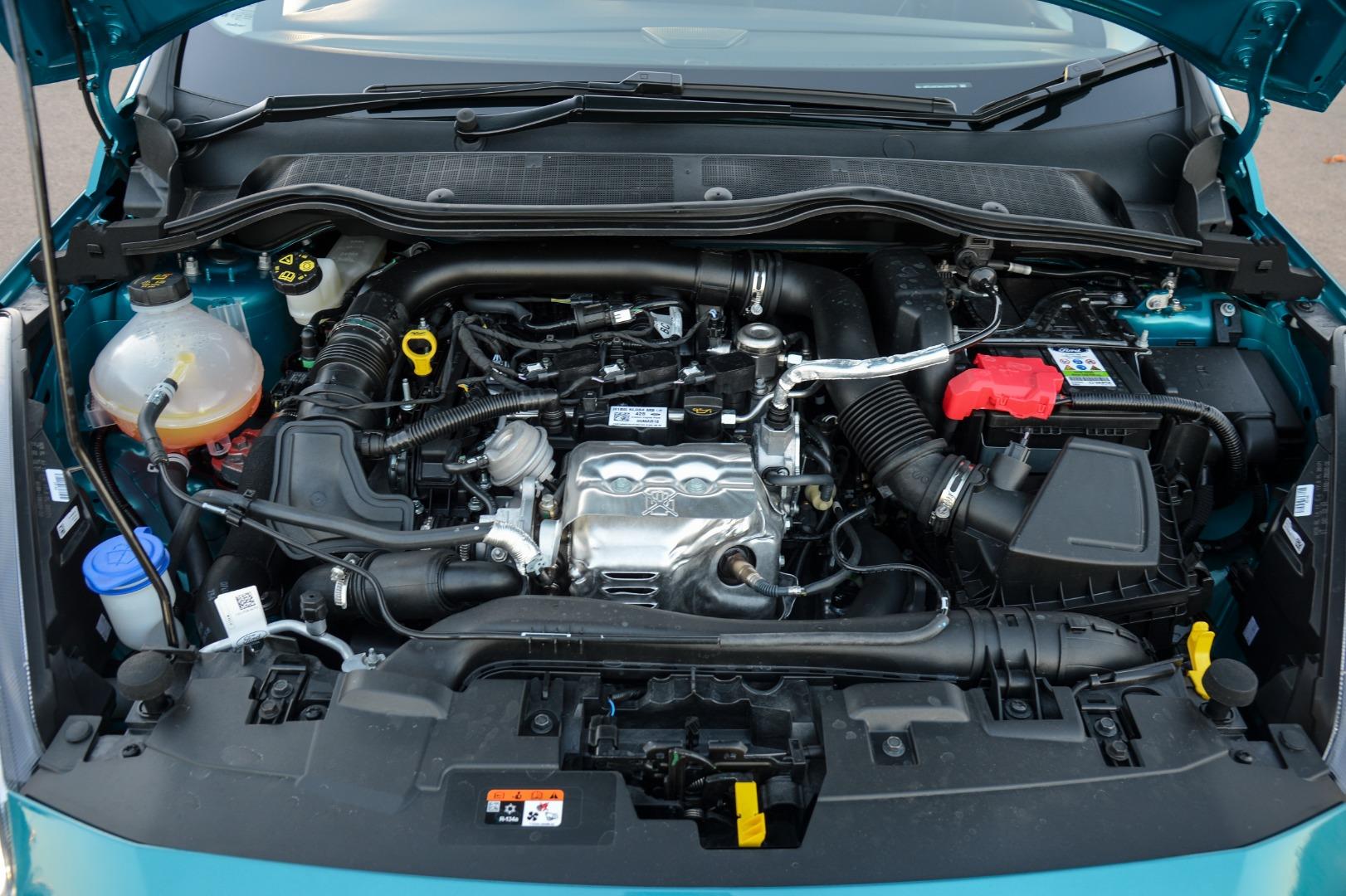Save Money on Repairs with Regular Ford Fiesta Engine Inspections
Save Money on Repairs with Regular Ford Fiesta Engine Inspections
Blog Article
Checking Out the Evolution of Engines: From Classic Layouts to Modern Marvels
The development of engine technology stands for a considerable narrative in the history of technology, marked by crucial advancements that have constantly redefined transportation and market. From the preliminary vapor engines that powered the Industrial Transformation to the appearance of internal burning engines that transformed movement, each phase has added to better effectiveness and capacity. Presently, the change to electric power symbolizes not just a technological change however also a broader dedication to environmental sustainability. As we examine these landmarks, one should take into consideration exactly how the future of engine layout might unravel, challenging our assumptions of power and performance.
The Birth of Engine Modern Technology
The introduction of engine innovation marked an essential minute in human advancement, changing energy conversion and transportation. The earliest engines emerged from the requirement to harness mechanical power for sensible usage, leading to the growth of gadgets that transformed different power forms into movement (ford fiesta engine).
The growth of the inner burning engine and the innovation of the heavy steam engine militarized a profound change in commercial capacities. These engines not just enhanced performance however also broadened the range of human wheelchair, making it possible for unmatched transportation possibilities. The very early models prepared for the mechanical globe, assisting in the increase of sectors and reshaping societal frameworks.
As engine styles developed, they advanced and incorporated cutting-edge materials engineering concepts, leading the way for modern growths - ford fiesta engine. The birth of engine modern technology fired up an unrelenting search of performance and power, establishing the stage for the dynamic development of transport and industrial machinery that would comply with
Vapor Engines and Their Impact

The vapor engine's influence was particularly obvious in the transport field (ford fiesta engine). Steam-powered engines promoted the rapid activity of products and individuals throughout large distances, properly diminishing the geographical obstacles that had formerly hindered trade and interaction. Steamships reinvented maritime travel, permitting for quicker and extra dependable crossings of rivers and oceans.
In industry, vapor engines powered factories, enabling automation and the increase of city facilities as centers of economic task. This shift not just altered labor dynamics but likewise contributed to the development of a consumer-driven society. In addition, steam modern technology fostered innovations in design and production procedures, laying the groundwork for future developments in engine design. The heritage of steam engines is extensive, reflecting an essential minute in human ingenuity and the unrelenting search of progress.
The Increase of Internal Combustion
Frequently outweighing heavy steam power, the rise of internal burning engines marked a transformative change in transport and market throughout the late 19th and early 20th centuries. The advancement of these engines, characterized by their capacity to burn gas within the engine itself, enabled higher efficiency and power contrasted to traditional heavy steam engines. Introducing inventors such as Nikolaus Otto and Rudolf Diesel played critical roles in refining engine styles, leading to prevalent fostering in cars, watercrafts, and commercial machinery.
The internal burning engine's portable size and relatively light-weight nature facilitated the introduction of individual automobiles, changing private wheelchair and reshaping metropolitan landscapes. By enabling faster travel and the efficient transportation of products, these engines catalyzed financial growth and cultivated globalization. The flexibility of fuel choices, consisting of gasoline and diesel, better enhanced their charm, permitting varied applications across different sectors.
In spite of the environmental worries that would certainly later arise, the first allure of internal combustion technology lay in its transformative potential. As culture welcomed this innovation, the foundation was laid for modern transport systems, developing interior combustion engines as a cornerstone of commercial innovation and day-to-day live throughout the 20th century.
Improvements in Engine Performance
As interior burning engines came to be indispensable to transportation and industry, the emphasis changed in the direction of boosting their effectiveness to meet growing demands for performance and sustainability. Technologies in engine style, product scientific research, and innovation have considerably added to this evolution.
One major development is the advancement of turbocharging, which enables increased air intake, resulting in more full fuel combustion and enhanced power output without enlarging engine size. In addition, variable valve timing systems have actually been executed to enhance engine performance throughout numerous RPM arrays, therefore enhancing gas performance.
The utilization of advanced gas shot modern technologies, such as direct injection, has likewise played an important role. This method permits more precise control over the fuel-air mix, promoting much better combustion and reducing emissions. In addition, light-weight materials, including aluminum and composite elements, have anchor been adopted to reduce total engine weight, causing boosted effectiveness.
These developments reflect a broader pattern within the auto sector, where the synergy between engineering technology and ecological considerations drives the continuous pursuit for higher performance in internal combustion engines. Because of this, contemporary engines are now much more powerful, cleaner, and reliable than ever, leading the way for an extra sustainable future in transport.
The Shift to Electric Power
With expanding problems over ecological impact and fossil gas dependency, the automotive sector is experiencing a considerable change towards electric power. This transition is driven by a combination of technical advancements, regulative stress, and changing consumer choices. Electric lorries (EVs) provide a compelling option to standard interior burning engines, flaunting decreased greenhouse gas emissions and reduced operating expense.
The surge of battery technology has been a game changer, with lithium-ion batteries coming to be much more efficient and economical. Improved power thickness and faster charging capabilities have made EVs much more sensible for day-to-day use. Moreover, governments worldwide are executing motivations and setting enthusiastic targets for terminating fossil gas cars, consequently increasing the fostering of electrical power.
As charging facilities expands and battery technology continues to improve, the shift to electric power is positioned to reshape the vehicle landscape, advertising sustainability and advancement in the years to come. The future of transportation is electrical, and the energy is undeniable.
Final Thought
The development of engine technology stands for a substantial trajectory of advancement that has website here exceptionally influenced transport and sector. From the foundational steam engines to the transformative interior combustion engines, each advancement has added to improved movement and economic growth. The existing transition towards electrical power emphasizes a vital dedication to sustainability, driven by improvements in battery innovation. This continuous evolution not just reflects changing social demands but also highlights the potential for a cleaner and more effective future in engine layout.

Report this page